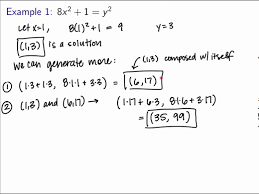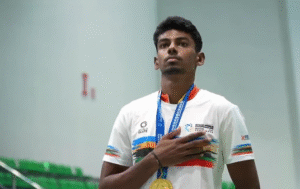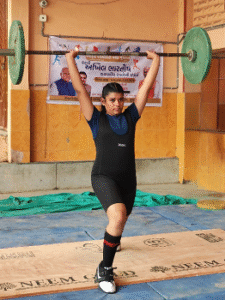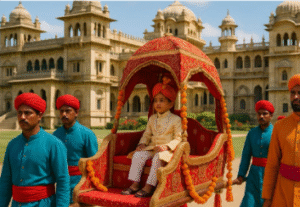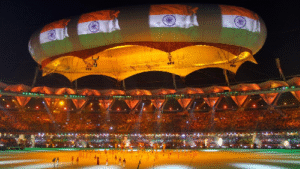Brahmagupta (598–668 CE) made significant progress in solving what is now called the Pell equation, and Bhaskara II (1114–1185 CE) later improved upon it. The equation is given by:
x2−Ny2=1x^2 – Ny^2 = 1
where NN is a positive integer that is not a perfect square, and x,yx, y are integer solutions.
He introduced the Chakravala method, an early form of cyclic algorithm for solving the Pell equation.
This method was a recursive approach that generated better approximations to integer solutions. He formulated the Brahmagupta identity:
(x12−Ny12)(x22−Ny22)=(x1x2+Ny1y2)2−N(x1y2+x2y1)2(x_1^2 – Ny_1^2)(x_2^2 – Ny_2^2) = (x_1 x_2 + Ny_1 y_2)^2 – N(x_1 y_2 + x_2 y_1)^2
Bhaskara refined the Chakravala method, making it more efficient.
He successfully found integer solutions for large values of NN that were previously unsolved.
His approach provided a general solution technique that later influenced European mathematicians.
European mathematicians like Pierre de Fermat (1601–1665) rediscovered the equation and posed it as a challenge.
Leonhard Euler (1707–1783) later studied its properties extensively.
John Pell (1611–1685) did not actually contribute to the equation, but it was misattributed to him by Euler.
The Chakravala algorithm is considered one of the first systematic approaches to solving nonlinear Diophantine equations.
It is a predecessor of continued fractions, which are now used to solve the Pell equation in modern algebra.
The Sanskrit name for the equation, Varga Prakriti (“equation of the multiplied square”), highlights its deep Indian origins.
The Indian methods were far ahead of European discoveries in solving such equations.
Bhaskara II’s work influenced the development of algebra and number theory.
